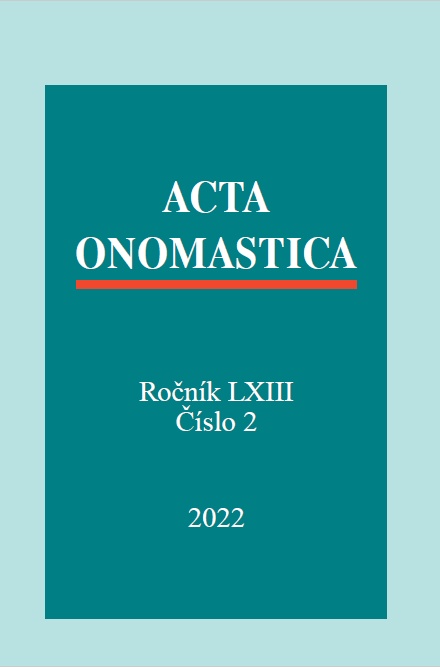Транслитерация казахских антропонимов на русский язык в советский период
The transliteration of Kazakh anthroponyms into the Russian language during the Soviet period
Author(s): Zifa Kakbaevna Temirgazina, Olga Andryuchshenko, Maria ValovaSubject(s): Sociolinguistics
Published by: AV ČR - Akademie věd České republiky - Ústav pro jazyk český
Keywords: Kazakh anthroponym; Russian transliteration; multivariance of names; the graphic-phonetic method of transliteration; graphic method; Soviet period
Summary/Abstract: The article examines the issue of transliteration of Kazakh personal names into Rus¬sian in the Soviet era. At that time, personal names were recorded in the documents exclusively in Russian. There were no scientifically based methods of transliteration from Kazakh into Russian. The Russian transliterations of Kazakh anthroponyms at that time were distinguished by multivariance, inconsistency with the original pho¬netic image. In the course of the analysis of the academic dictionary reference book of Kazakh names and their spellings in Russian by Dzhanuzakov, Yesbayeva in 1988, the most common methods of transliteration were identified as graphic-phonetic (75.99%), and graphic (5.72%). 18.12% of Kazakh names have a one-to-one corre¬lation with transliteration in Russian. The multivariance and distortions in the Rus¬sian transliteration of Kazakh names are partly a consequence of the difference in the phonetic and graphic systems of both languages and partly the general policy of russification and ignoring the linguistic and cultural needs of the peoples of the USSR. Nowadays, these problems are being gradually eliminated, and instructions for uni¬form transliteration into Russian are being developed.
Journal: Acta Onomastica
- Issue Year: 64/2023
- Issue No: 2
- Page Range: 388-406
- Page Count: 16
- Language: Russian

